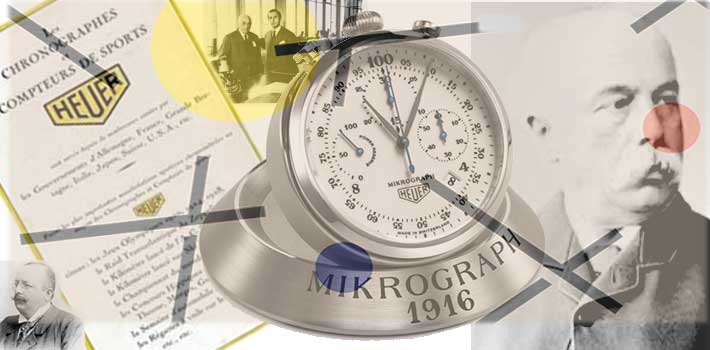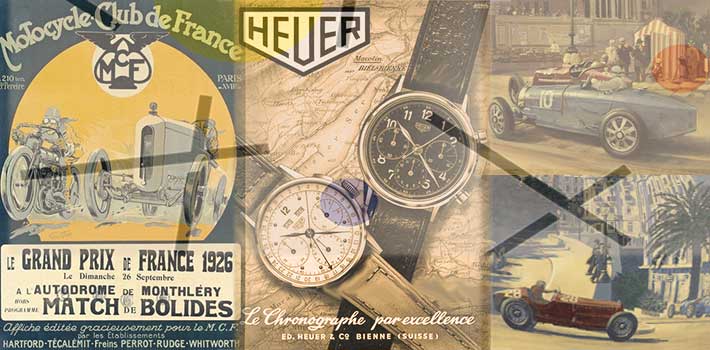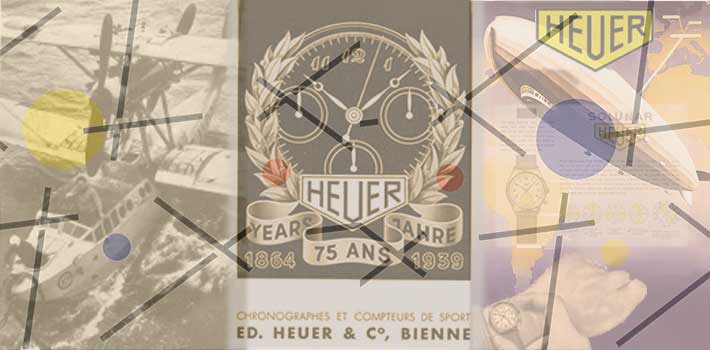
It was initially a challenge that prompted Edouard Heuer, a mechanics enthusiast from the Jura, to create his watchmaking business in 1860. At that time, all watches were wound using a key and the arrival of the automobile and industrialization made this entrepreneur aware of the importance of the all-in-one solution which consisted of making the winder a inseparable part of the watch. Like an engine that replaces horsepower in a vehicle, it is a question of linking and optimizing the operation of the whole in order to allow it to be more efficient and to obtain better performance. He achieved his goal less than ten years later, when having set up his business in Biel in order to be closer to the Swiss watchmaking ecosystem and its suppliers, he finalized the watch patent with an autonomous crown winder. Always with a concern for perfection, he will be the first to industrialize the manufacture of chronographs, which very quickly will allow him to glimpse the future favorite terrain of his brand territory and guide the activity of Edouard Heuer & Compagnie. towards the measurement of sports performance linked to technological innovation. A direction that will allow it to claim important patents that will mark the history of watchmaking such as the first waterproof case or the oscillating pinion which still remains the basis of all chronographs manufactured in the world today.
With a strong family footprint, his two sons Jules-Edouard and Charles-Auguste took over the Company in 1892, which has had a subsidiary in England since 1876. A race for precision and industrial development followed which enabled Heuer to develop the Mikrograph, the first mechanical counter capable of measuring 1/100 of a second. On this occasion Heuer will become the supplier of the Olympic Games without interruption, until 1969, date which sees the end of the manufacture of the Mikrograph. In 1911, the “Time of Trip” first on-board chronograph in automobile or airplane version manufactured by Heuer was marketed and they were to equip the majority of planes and vehicles of the British forces during the Great War, followed in 1914 by the first chronograph intended to be worn on the wrist.
In parallel with this production, the Firm will also take advantage of its "Taylorist" experience and develop its industrial potential, which will enable it in the early 1930s to begin manufacturing watches in very large series for the market of increasingly important manufacturers of cars and aircraft. It was in 1933 that the Autavia (for AUTomobile and AVIAtion) was born. This counter, manufactured and exported to a large number of countries, enabled Heuer to sign the first on-board counter common to a car, an airplane or an airship. In this case it will often be coupled with a master clock capable of an eight-day autonomy: the Hervue. It will also be an opportunity for Heuer to set new milestones towards a more international development in order to produce on a larger scale and prepare after the Second World War to conquer the international market for luxury and technical watches by confronting Rolex. on his favorite territories....
